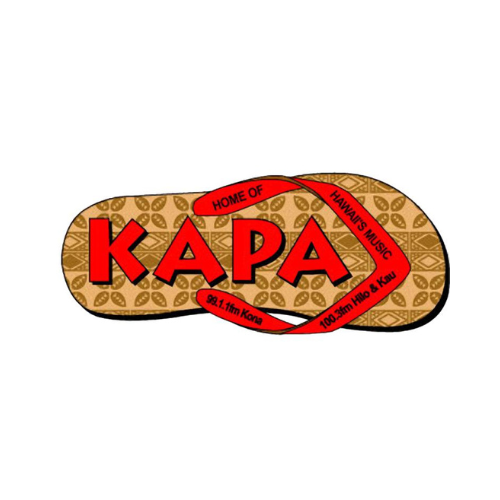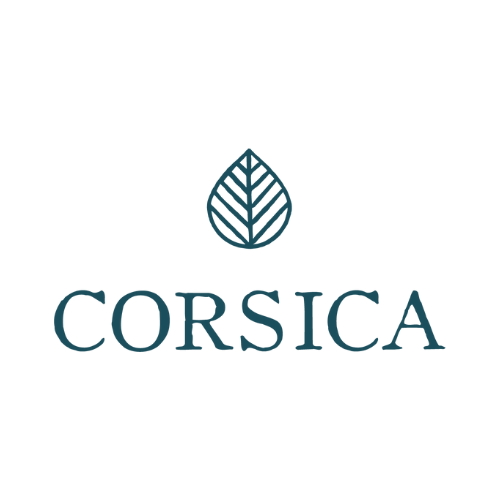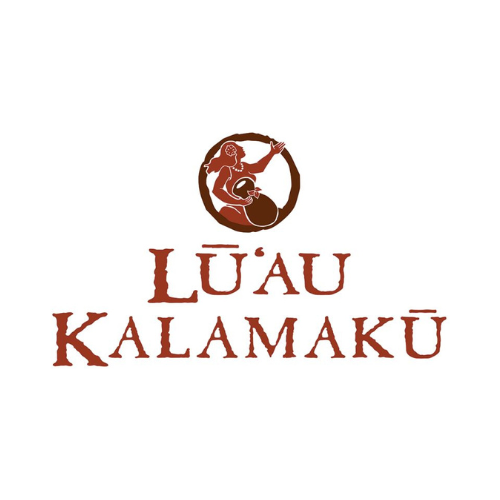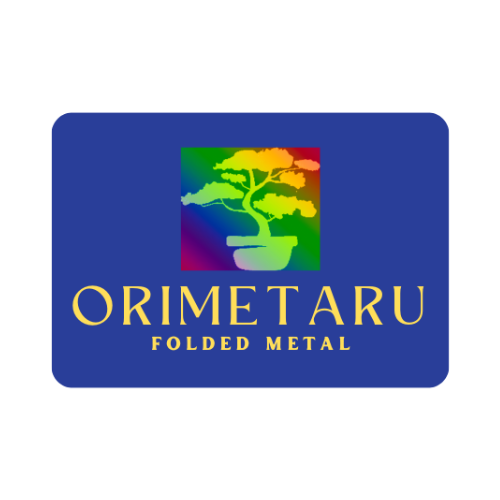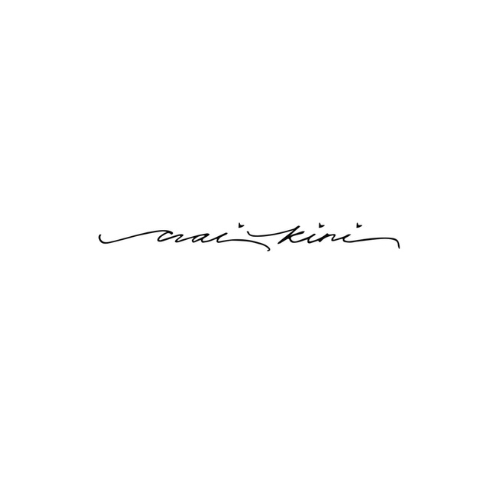Lei Contest
2024 Contest Details
Schedule
Cost to Attend
Limit
We invite you to participate in this year’s lei making contest and showcase your lei making talents. We are excited to see the creative and artistic creations of the entries. Register below or learn about lei history, lei rules and etiquette, and various lei making methods.
Registration & Overview
Contest Rules
- Participants can enter up to 5 lei, each category or submission requires a separate
registry form. - $10 entry fee per entry (cash only must be paid on delivery)
- All lei must be a wearable lei at 24 inches in length
- Drop off time is 12:00 – 4:00pm on Friday October 4, 2024 at the ASF Pop-up
MarketPlace on the Tennis Lawn at the Outrigger Kona Resort and Spa - Once submitted we do not return the lei. All lei become the property of the Aloha Shirt Festival/Na’alehu Theatre. Once judged, lei will be used for greeting celebrities, officials and special guests.
Judging Criteria
- The submission must be the entrant’s original work and not feature or focus on any material owned or controlled by third parties
- Winners and awards for each category
- Awards $300 first place, $200 second place
- Awards announced at 3:00 on Saturday (Do not need to be present to accept the award, we will contact you).
- One winner will receive $200 for People’s Choice award voted on by attendees.
Categories
Fresh Lei
Made with fresh flowers, ferns, fibers, vines or seeds of any type or combination
Renew, Reuse, Recycle
Made with paper, plastic, glass, metal, aluminum or wood, etc.
Registration Form
Note: Once submitted we do not return the lei. All lei become the property of the Aloha Shirt Festival/Na’alehu Theatre. Once judged, lei will be used for greeting celebrities, officials and special guests.
History
The lei is one of the most iconic of Hawai’i’s wearable arts traditions. The custom of adorning someone or one’s self with a lei is grounded in ancient Polynesian custom and also in many Asian countries.
The origins of lei making were brought to Hawai’i by the early Polynesians about 750 A.D. through the 14th century along with the traditional plants. Lei were then adapted to include local flowers, leaves and vines and unique culture and traditions that evolved. Hawai‘i produced the richest variety of lei found anywhere in Polynesia. Lei were made to honor the gods, adorn temples for religious ceremonies and as a way of fusing everyday life with the spiritual.
In traditional times, a lei often represented a person’s royalty, rank, or geographical origin. A lei is often associated with hula and the levels of Kuahu (first the forest a godly creation, the Pa, or stage where the dance is performed, and then to adorn, connect and inspire the dancer or chanter. Today, any lei is appropriate to use because all lei symbolize love, respect and appreciation.
Each of the islands are represented by a different type of lei and color:
Hawai‘i Island: Red (ohia lehua)
Maui: Pink (lokelani)
Kahoolawe: Gray or Silver (hinahina)
Lanai: Orange (kaunaoa)
Oahu: Yellow or Gold (ilima)
Molokai: Green (kukui)
Kauai: Purple (mokihana)
Niihau: White (pupu o Niihau / Niihau shells)
“May Day is Lei Day”, is a celebration of Lei that has been going on in Hawai‘i for nearly 100 years. May 1 st , Lei Day is a day that fresh flower lei are worn to celebrate the tradition of wearing lei in the islands. Lei Day is often celebrated with a parade or local events. Public and private schools across the state regularly recognize the day with a Lei Day event, crowning students as Lei Day kings, queens and princesses representing each of the islands. In 2008, at the 81st annual Lei Day celebration, Honolulu set the world record for the longest lei, measuring 5,336 feet.
Lei can be worn by anyone, for any occasion or even when there is no occasion at all. The lei garland can be made of fragrant tropical flowers, leaves, seeds, shells, nuts, feathers, bone, teeth, and almost anything else the maker can adapt or fashion into a beautiful adornment.
Today, many visitors are welcomed to Hawai‘i with a fresh lei. Legend says that if you throw your lei into the ocean and it returns to shore, that you are destined to return to the islands.
Lei Rules and Etiquette
- A lei is a special gift given to honor or express affection for someone. For this reason, a lei should never be refused, should be received with gratitude and worn with pride.
- When giving a lei as a gift it is customary to give the lei recipient a cheek kiss.
- Wear a lei on the shoulders draped both in front and back. Alternatively, it can be worn around the head, wrist, or hat.
- It is acceptable to wear more than one lei at a time. This is common for a birthday and a graduation celebration.
- Lei are frequently worn at special celebrations, such as weddings or to honor someone. They are also given as congratulatory gifts at a graduation, promotion, achievement, or other ceremony.
- A lei may also be symbolic of a special experience and place you shared with your loved one that you will always cherish.
- It is bad luck to give a pregnant-women a circular lei because it symbolizes tangling of the umbilical cord. Instead, pregnant women should only be offered open-ended lei.
- Lei made with leaves from a Ti plant are considered to bring good luck and ward off evil spirits.
- Bows are often added to closed leis and can be worn a few ways.
- They can be worn in the back like a clasp on a necklace.
- They are usually worn to the side. If worn to the side. It should be on the right side if single and on the left if married or spoken for.
- Lei can be worn more than once. Fresh leis should be kept in a plastic bag in the refrigerator between uses to keep it fresh. It can be lightly misted to keep it hydrated.
- Lei can be incorporated into a wedding ceremony to symbolize the uniting of the couple and/or their friends and families.
- Lei can also be incorporated into a Bar Mitzvah or Bat Mitzvah ceremony to recognize the guest of honor as well as their family.
- It is appropriate to incorporate lei into a funeral ceremony or Memorial Service. This is something that is done at funerals in the Hawaiian Islands and in other Polynesian cultures as a symbolic way to say Aloha, goodbye, to a loved one.
- A lei should not be removed in the presence of the person who gave it. If it must be removed for practical reasons, it should be taken off discreetly and then hang it in a place of honor for all to see.
- A lei should never be thrown away in the trash (except inorganic content) – As a sign of respect for nature, it should instead be discarded by returning it to nature where it came from by throwing it in the ocean, hanging it in a tree, burning it, or by burying or composting. Today, locals typically keep lei allowing them to bring fragrance to a room or car.
Lei Making Methods
Hawaiian leis come in many different styles The 7 most popular include: Haku, Hili, Humupapa, Kipu’u or Nipu’u, Kui, Wili, Hilo.

Haku
The Haku style of weaving incorporates three strands similar to braiding one’s hair. It is called the three-ply braid and uses different materials depending on the styles and colors one wants. It is common to see some extravagant Haku braids utilizing various materials and sizes together. Traditionally, Haku Lei used things like long leaves or softened tree bark as the base. In recent times, it is common to use vinyl materials as the base for its strength and versatility. Haku Leis are unique in that you can braid almost any type of flower to match your colors or theme. In general, longer flowers that contain flexible stems or leaves are used to braid more effectively.
Hili
This style of braid is a solid braid just using only one material. It is common to use at least three or more strands for this braid. Flexible vines or ferns are often used and braided almost in a rope-like fashion. Common types of lei hili: Palapalai & Kauna`oa.
Humupapa
On this particular style of weaving, it’s one that uses a backing where the flowers and plants chosen are sewn to this backing material. Normally the backing material is made from Lauhala, paper, la’i, or even felt or similar fabrics. It is commonly compared to looking like a scale pattern as each flower or material is sewn in succession to one another. This creates a very tight and even pattern with very little gaps. This style is typically seen on feather leis adorning a woven lauhala hat.
KIPU’U OR NIPU’U
Two different names but this style of weaving is done by making knots with the stems of your plant material of choice and connecting them together. Normally this is done by stringing the next flower stem through your last knot and continuing on with this pattern. The plant material you choose should be one that has long stems for this type of braid.
Kui
The Kui style of weaving is the most widely used and most popular for typical Hawaiian leis. In this method, the flower or material is pierced with a needle and strung through with thread in a consecutive pattern. This style is the most common where most people around the world have most likely seen this or are familiar with it. The Kui style is normally used to sew with flowers such as pikake, orchids, puakenikeni, plumeria, carnation, and roses.
Wili
Wili style of weaving is a unique twisting method. It is described as a corkscrew twisting or a coil and resembles the seed pod of the wiliwili tree itself. In this style you wind a fiber or cord around your chosen flowers and material in a consecutive pattern. Normally one chooses shorter lengths of their flowers and materials for this twisting style of weaving. Oftentimes a base material is used such as lauhala, or decorative paper which makes the process much easier. Think of wrapping or coiling your cord around each flower and material to secure it making a beautiful end design. The most frequently seen lei of this type is the Lei Maile.
Another commonly seen lei of this style is the lei wili papa, in which the decorative material is lashed to a center cord with a wrapping technique. This is often used for lei papale or lei po’o. It’s so one side has no decorative foliage and is left flat to rest against the hat or head.
Hilo
The Lei Hilo is essentially a rope. Legend has it that the town of Hilo takes its name from this rope of two-ply twisted lāʻī, tī leaf. This method is a basic twist and intertwine. The Hilo lei is made by twisting two strands together to form a rope. Simple lei lā`ī is made using this method. Common types of lei hilo are Lā’ī and kauna ‘oa.
Lei Contest Registration Form
Note: Once submitted we do not return the lei. All lei become the property of the Aloha Shirt Festival/Na’alehu Theatre. Once judged, lei will be used for greeting celebrities, officials and special guests.


















